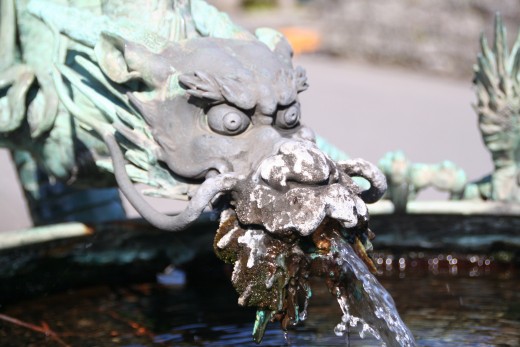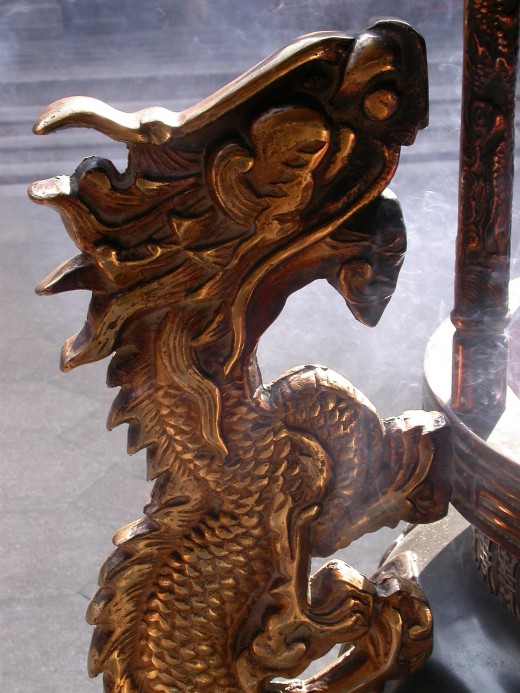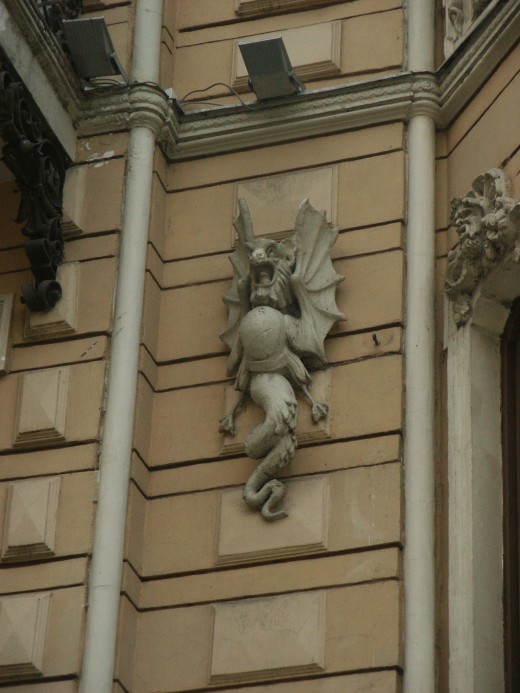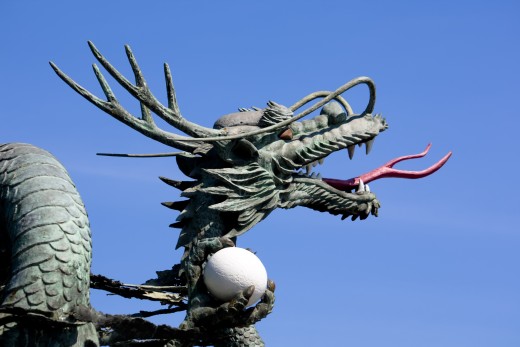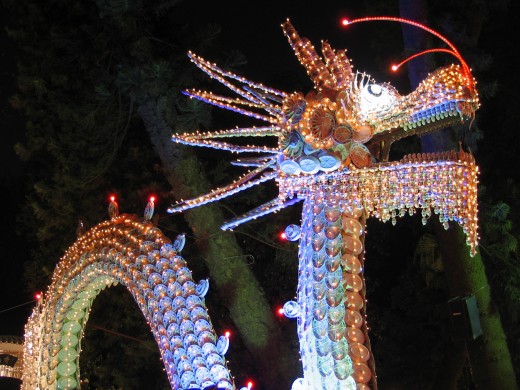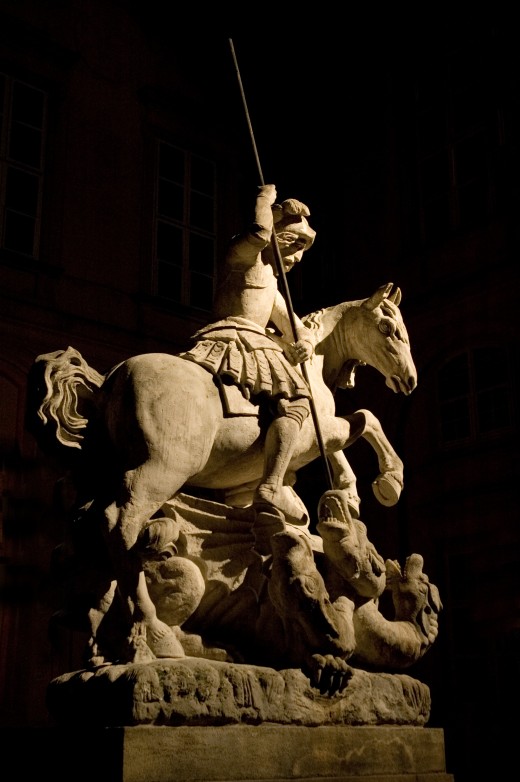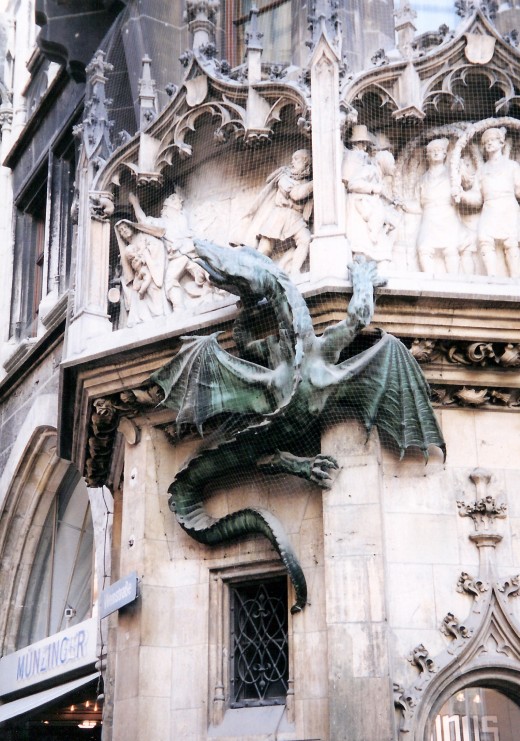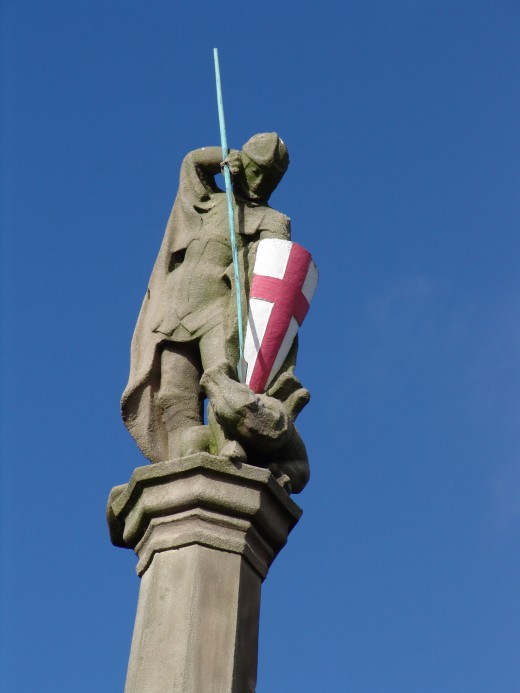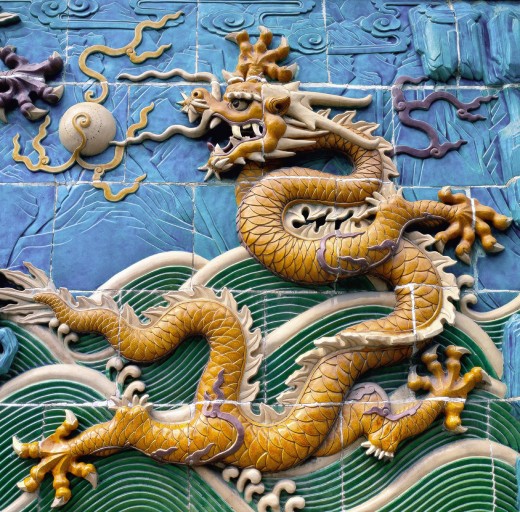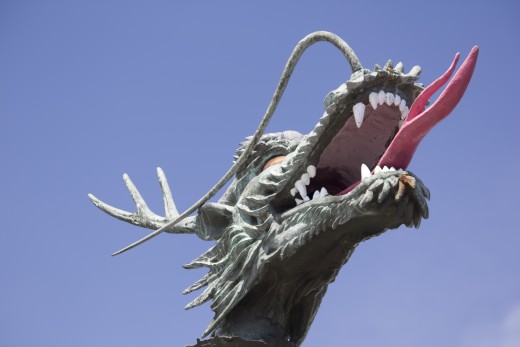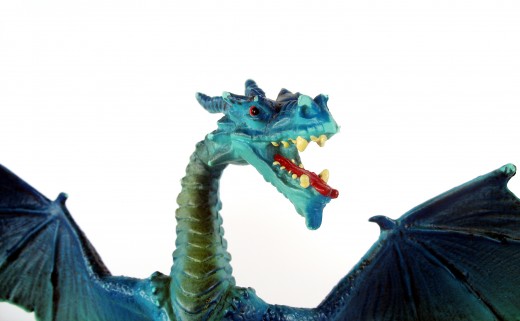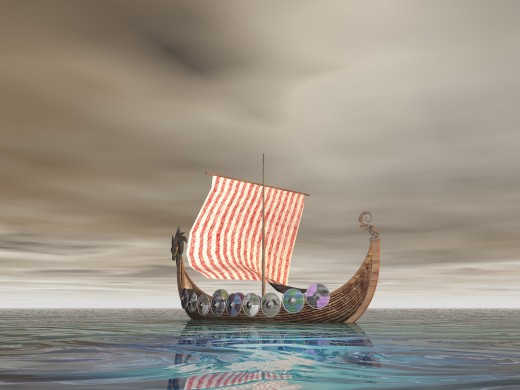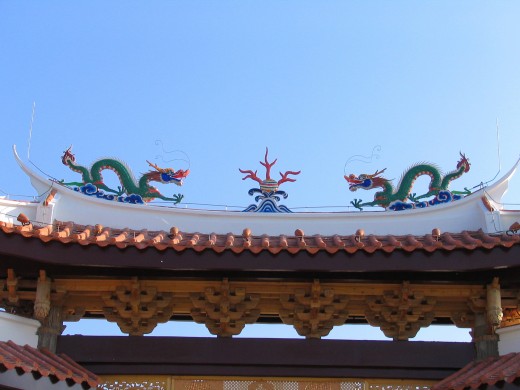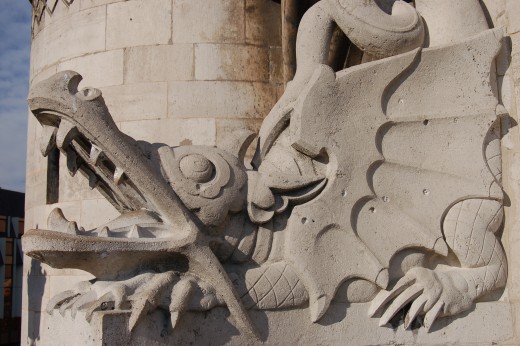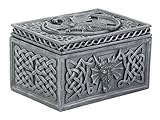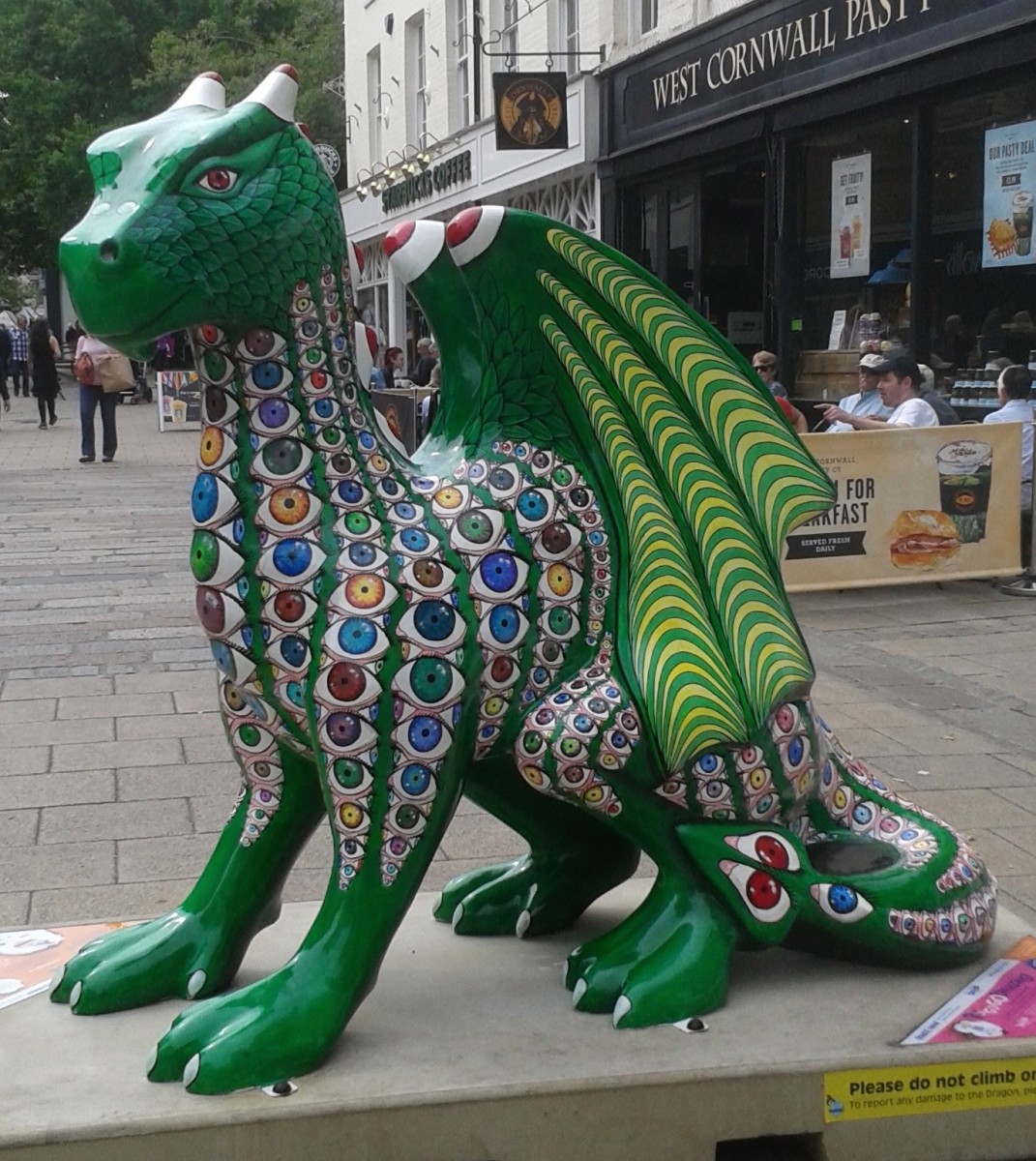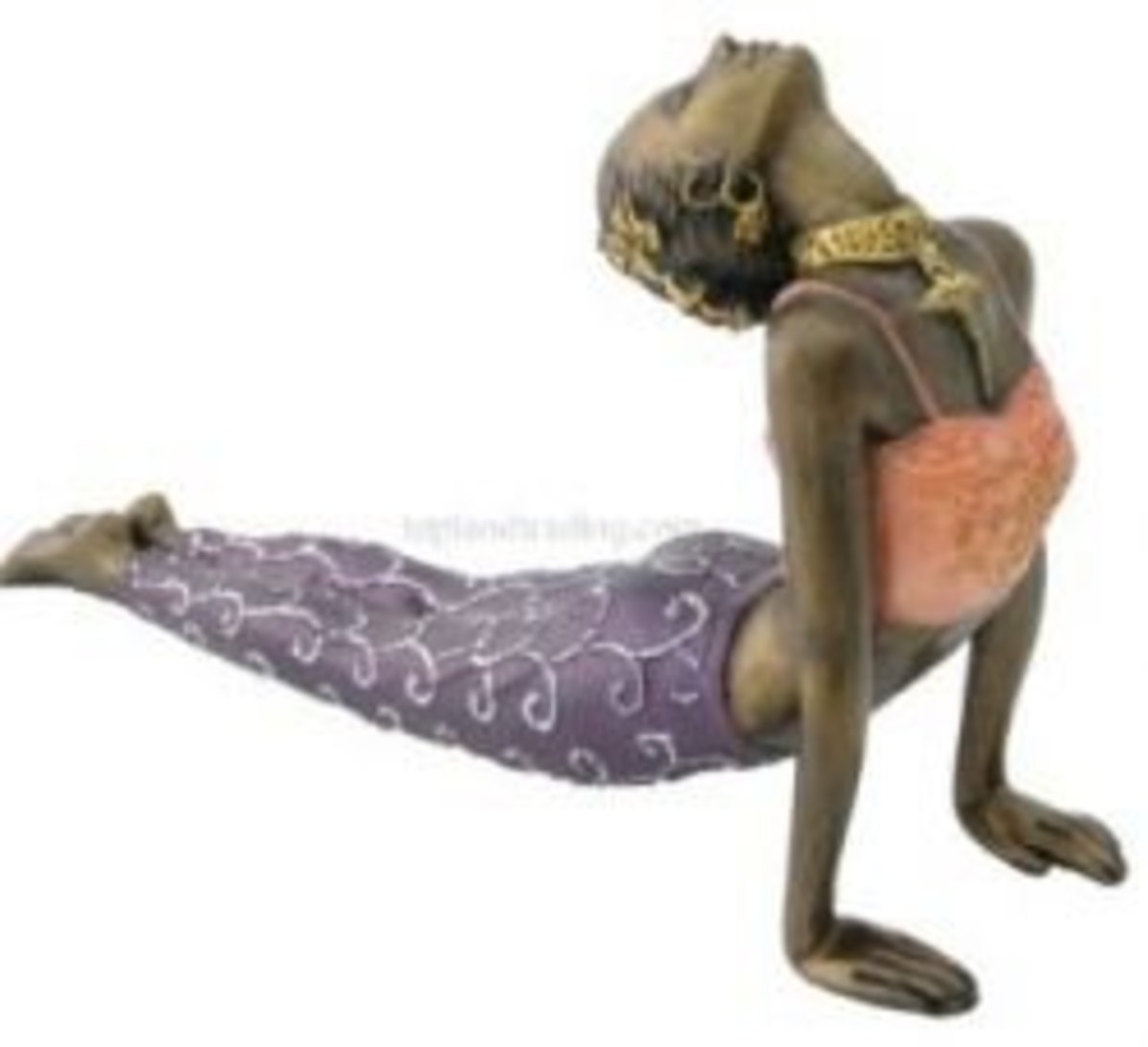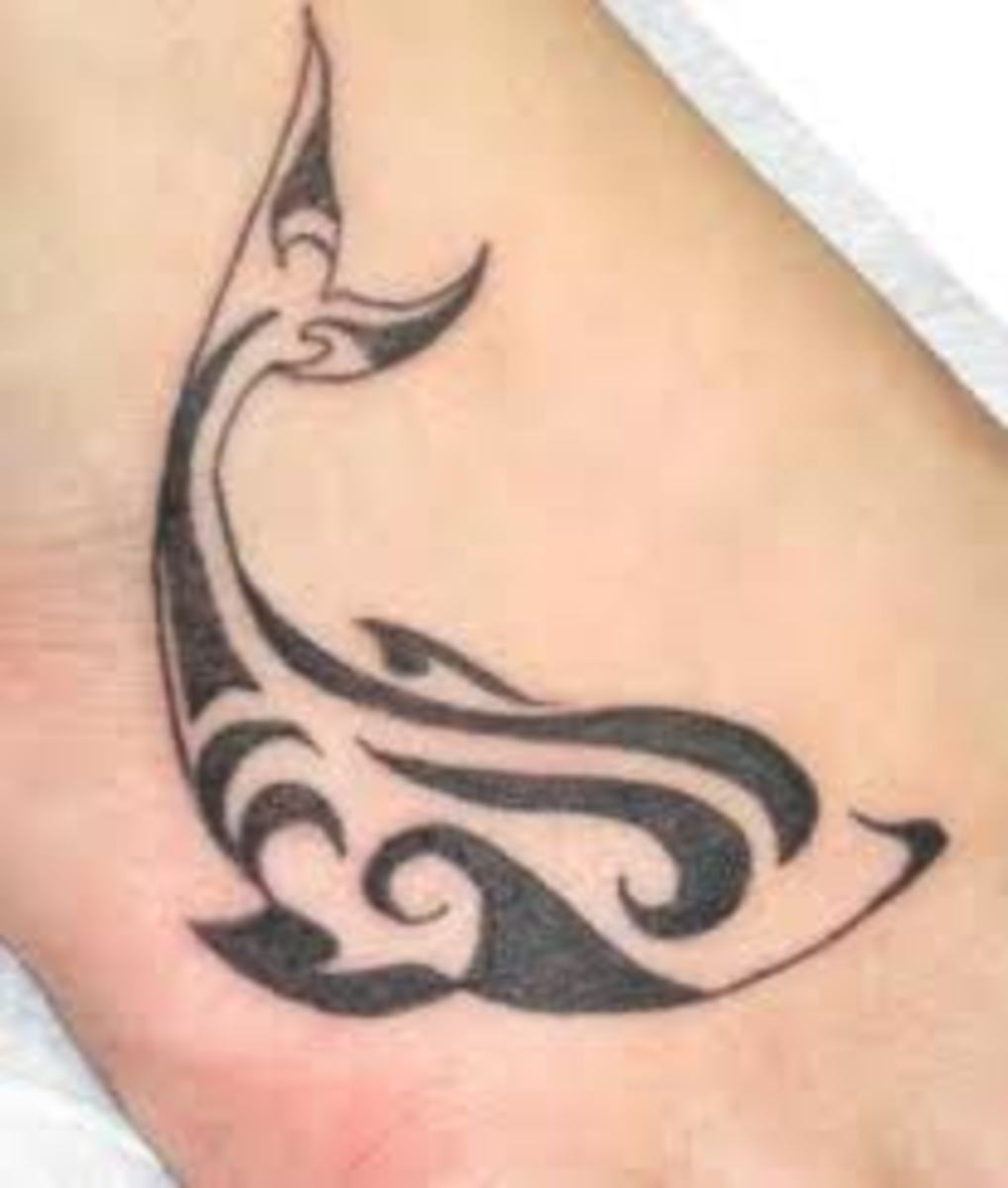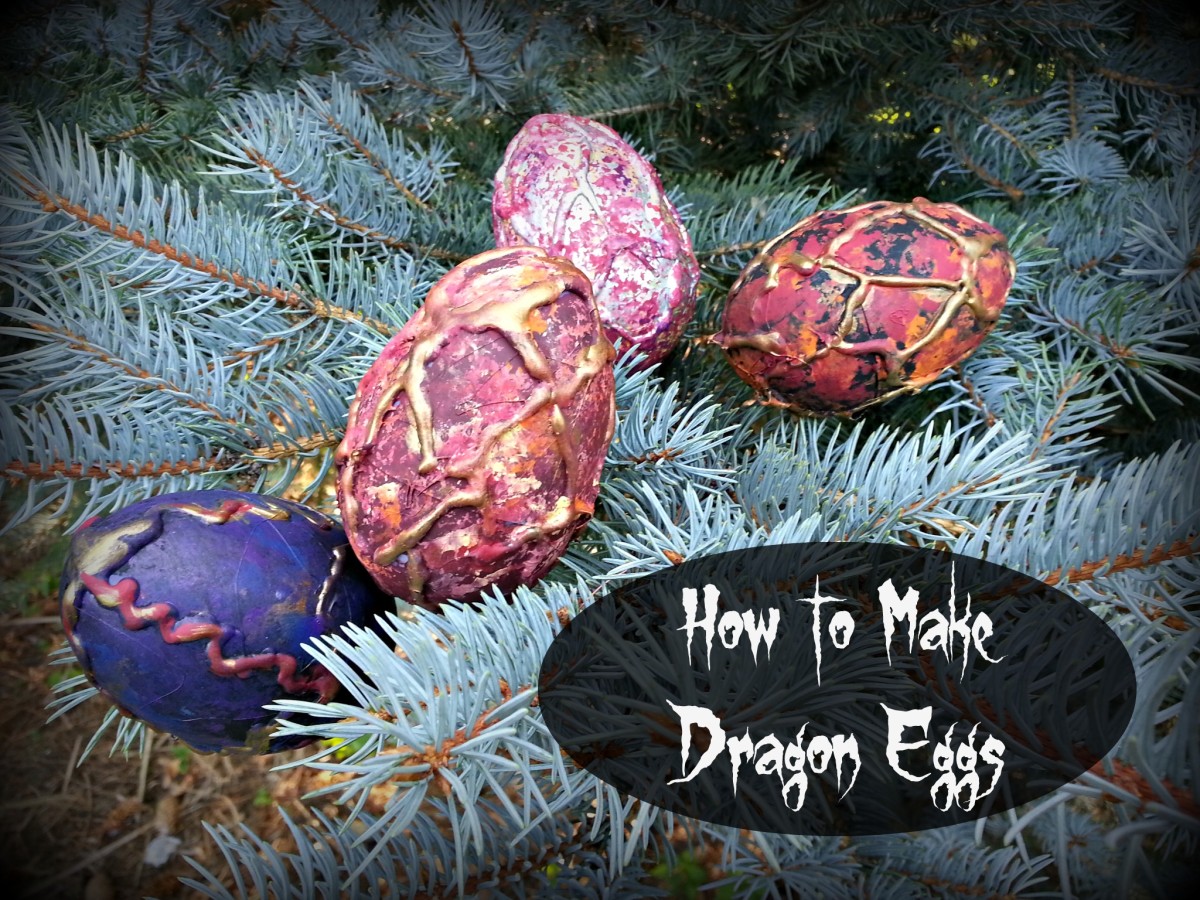Dragons: History, Sculptures, and Dragon Lore

Dragon
Here be a dragon! Dragons have intrigued mankind for thousands of years. In fact, the dragon has enjoyed sort of a resurgence in recent years. Since ancient times, the mythological dragon and dragon-like creatures have figured largely in the myths and legends of many cultures. I’ve always found it amazing that old civilizations which had no contact with each other believed in the same imaginary beasts. How did this happen? How did an Aztec civilization living in the Americas and the ancient people of Sumer or Egypt both believe in a creature that never existed, or are dragons real? If not, how did all these groups create basically the same dragon images, when the different peoples had no contact with each other? If the dragon is an imaginary creature, how can one explain the widespread belief in dragon lore? If dragons fascinate you, join me in my quest for the elusive dragon, the history of dragons, and dragon lore!
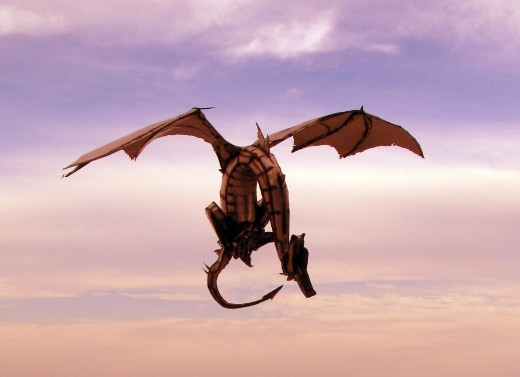
History Of Dragons
The history of dragons probably isn’t something you learned in school. The oldest evidence of dragon lore comes from Chifeng City, Inner Mongolia, where a 7,000-year-old jade dragon was found. In China, a 3,700-year old turquoise dragon totem was unearthed in Yanshi City. This dragon was comprised of some 2,000 delicate pieces of turquoise. The effort and craftsmanship displayed in these objects give evidence as to how important the dragon and dragon lore was to these people.
Dragons also played a part in Greek mythology dating from earlier than 550 BC. These creatures took the form of the Hydra that battled with Heracles, the Colchian dragon that guarded the Golden Fleece, and the Nemean dragon that guarded the groves of Zeus, chief god of the Olympians. Another Greek dragon, Ladon, guarded the golden apples of the Hesperides and was killed by Hercules.
Dragon lore was big in parts of Asia other than China and Mongolia, too. Asian Indians had their Naga, the Japanese had their Ryu, Korea had its Yong, the Philippines had the Bakunawa, and the Vietnamese had their Rong.
In Europe, the French had dragons, the Sardinians had the Scultone, Scandinavians had Lindworms, the English had Wyverns, the Scots had Beheithirs, Hungary had the Zomok, Armenia had the Vishap, Romania had the Balaur, Austria had the Cuelebre, Portugal had the Coca, the Turks had the Evren, and the Welsh had their Y Ddraig Goch, which is still displayed on the Welsh flag. In the Americas, the Incas and the Aztecs both believed in dragons, and the ancient peoples of Sumer, Babylonia, and Egypt, along with other parts of Africa, all had a belief in some form of dragon.
There are even dragons mentioned in the Bible. References to them can be found in Deuteronomy, Nehemiah, Job, Psalms, Isaiah, Jeremiah, Ezekiel, Micah, Malachi, and Revelation. The most famous Biblical dragon is perhaps the one described in Revelation, chapter 12 – the great red dragon with seven heads and ten horns.
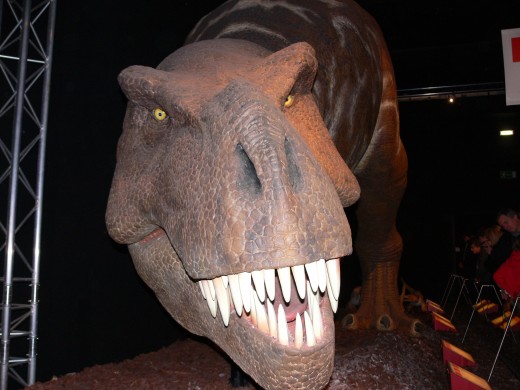
Are Dragons Real
People throughout the ages have wondered – are dragons real? Again, it boggles the mind when you think about the far reaching beliefs in the dragon and dragon lore. I have a theory about it, but I have no way of knowing if the theory is credible or not, of course. It makes as much sense as some of the other dragon theories I’ve heard, however.
I think man invented the dragon based on dinosaur fossils. Think about that for a moment. When ancient peoples wandered upon dinosaur remains, they had no idea as to their true identity. It would be pretty easy to turn the remains of a dinosaur into a dragon. And at the time, mankind had no way of knowing that the dinosaurs died out millions of years before homo sapiens appeared. Dragons and dinosaurs share many of the same characteristics. Both are fierce-looking creatures covered in scales. Also, the carnivorous dinosaurs had talons or claws, along with big, sharp teeth. And, of course, some dinosaurs had wings and were capable of flight, like the pterodactyl and the pteranodon. That could explain why the dragons in some cultures had wings.
Large living lizards could have been the impetus behind dragon lore, too. Lizards inhabit every continent on the globe except for Antarctica, and there are close to 6,000 species of lizards. I’ve seen some that look like miniature dragons, and you probably have, too. A few species of lizards are dangerous and aggressive, and some get pretty big. For example, the komodo dragon can reach a length of eleven feet, and they’ve been known to attack and kill human beings. It wouldn’t take much imagination to turn even a harmless lizard into a large dragon, and turning a large or dangerous lizard into a dragon would be even easier.
Whatever the reason behind dragon lore, I'm sure dragons were very real and very scary for people living long ago. When you grow up hearing about something, you often tend to believe it - especially when you don't have scientific books or the internet at hand to check things out. When you have no understanding of natural phenomena, it's easy to attribute blame to evil mythical creatures.
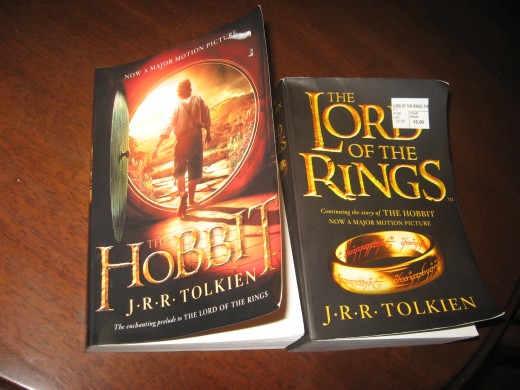
Dragon Lore
The symbol of the dragon represented different attributes to different societies. For example, some saw the dragon as evil, while a few cultures saw the dragon as benevolent. In Chinese dragon lore, the dragon stood for power, and for the Anglo-Saxons, the dragon was the guardian of the grave and of treasure, which can be seen in the epic poem Beowulf. This same group sometimes saw the dragon as death, the destroyer. In other societies, the dragon represented wisdom and longevity.
In China, the dragon was such a powerful symbol that the emperors often used it to represent his strength and capabilities in ruling. The ancient Chinese dragon was usually seen as benevolent and was often associated with good fortune and wisdom. This changed somewhat with Buddhists, however, who believed that some dragons were evil and could cause natural disasters.
Much of the dragon lore in Japan was based on Chinese dragon lore. Japanese dragons were mostly water beasts, snakelike creatures with four legs and claws, but with no wings. For the most part, these dragons were like water gods, controlling bodies of water and rainfall, or guarding underwater treasure. As has already been mentioned, the role of guardian for the dragon is one that endured and spread west to Europe.
The beasts that appeared in European dragon lore were usually different than the ones represented in Asian dragon lore. The European dragons were often depicted as malevolent, bloodthirsty, and greedy, having wings and four legs. The wyvern, on the other hand, had wings but had only two legs. The blood of a dragon might be magical in its own right, too. Norse mythology tells of Nidhogg, a dragon that will eventually bring about the end of the world by biting through the World Tree. In the dragon lore of Russia, Serbia, and Bulgaria, the dragon is depicted as demanding human sacrifices and riches. During the middle ages, almost all European dragons were believed to have been in consort with Satan. In many countries, there were tales of saints defeating and slaying the evil dragons. St. George is perhaps the best known of these saintly dragon killers. Dragon lore involving St. George persisted in England, Spain, Portugal, and Italy.
J.R.R. Tolkien, through his books and the movies based upon them, has brought dragon lore to modern audiences. His dragons are based largely on the creatures of European legends, and Tolkien describes several different types of dragons in his works. Glaurung, Father of Dragons, for example, has legs and walks but is incapable of flight. Smaug, on the other hand, has wings and can fly. Tolkien also describes dragons as being “hot” and breathing fire, or as being “cold” and lacking the breath of fire.
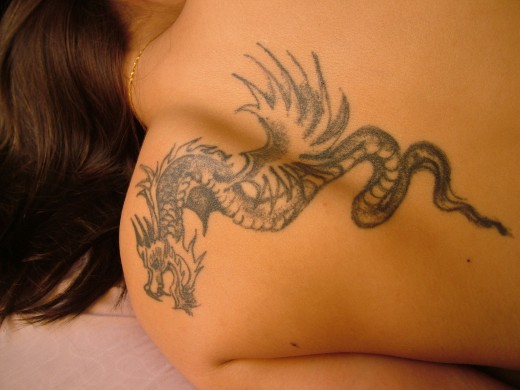
Dragon Gifts
Even today, many people are fascinated with dragons and dragon lore. It seems that the dragon has made a comeback, probably with the help of movies: Beowulf, The Hobbit, DragonHeart, Age of the Dragons, Eragon, Reign of Fire, Dragon Wars, Dragon World, Dragonslayer, Fire Serpent, Dragon Storm, How to Train Your Dragon, and the Harry Potter series. Dragon tattoos are popular and can be seen on people of all ages and all walks of life. Some collect dragon figurines, dragon statues, and dragon carvings, and for these collectors, dragon gifts are a great idea.
Dragon gifts go far beyond statues and figurines, though. You can find dragon motifs on all sorts of items, including tee shirts, sun catchers, lamps, clocks, stationary, letter openers, jewelry, trinket boxes, bookends, kites, goblets, teapots, thimbles, lawn ornaments, posters, wall plaques, and more. Dragon gifts for kids include movies, board games, video games, puppets, pull toys, and plush dragons. Illustrated storybooks involving a dragon would make great dragon gifts for kids, also.
Dragon Statues
Dragon statues can be found in a wide range of styles and sizes, and might be made of pewter, bronze, or glass, or carved from wood or resin. Some dragon sculptures have amazing detail, and some are even adorned with genuine Swarovski stones! My husband and I enjoy attending Renaissance fairs and medieval festivals, and there are always plenty of dragons around. We purchased our own pet baby dragon several years ago, and I’ve had a lot of fun with it. It’s carved from resin and has feathers. There’s a stiff cord attached to the head that makes the dragon move and look around. The cord is hidden down your sleeve, so no one can see how the dragon head moves. When I have the baby dragon perched on my shoulder, with its head turning from side to side, I sure do get some startled looks!
Below are some fascinating pieces of dragon statues that would serve as great dragon gifts, offered at discount prices! If someone on your gift list is into dragons, Tolkien, fantasy, ancient cultures, or mythological creatures, check out the items below.
Dragon Pictures
I’ve included some dragon pictures just for the sake of pure enjoyment. I like looking at pictures of dragons – from just about any source. In fact, I went through a stage when I was always drawing fire-breathing drakes. Since these legendary beasts are created in the imagination, everyone has different ideas about dragon images, and I think it’s fun to see the thought process involved in creating dragon pics. It’s like there’s no way to make a mistake when drawing, sculpting, or otherwise creating a dragon.
No matter where you live, you probably don’t have to look far to see a dragon. Dragon images are everywhere – on fountains, on buildings, on clothing, as sport logos, as name brands on products, and permanently inked onto human beings in the form of dragon tattoos. We have books about dragons, movies about them, and songs about them. Modern man seems to be almost as fascinated by the creatures as our ancient ancestors were, although we, of course, don’t have the fear and dread involved. Most of us see dragons as fun, whimsical, or unique, or as a link to the past, when man was governed largely by superstition and irrational beliefs. We modern humans don’t have to worry about being burned alive or carried off by a fire-breathing dragon.
